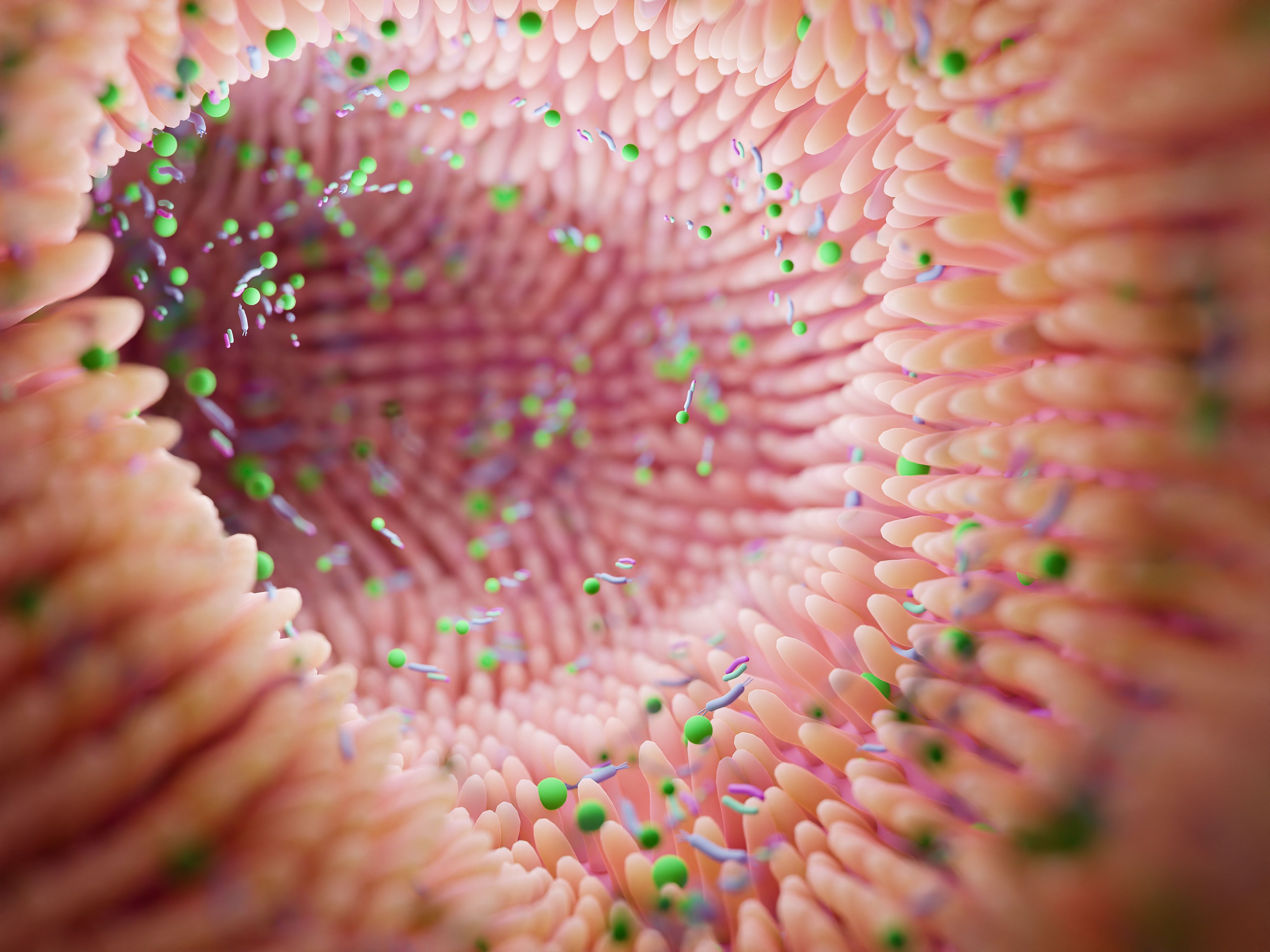Enterococci Enhances the Severity of Gastrointestinal Infections
Enteric pathogens increase C difficile virulence by providing amino acids that shape the metabolic environment in the gut.

Clostridioides difficile (C diff), is a highly infectious and potentially deadly bacterium. Of the half a million Americans who contract C diff infection (CDI) each year, 25-35% will have an initial recurrence, with 40-50% of these patients having a second recurrence and up to 60% having a third.
CDIs are dangerous for patients and their families, time consuming for providers, and expensive for health care systems. However, the burden of C diff may be exacerbated by coinfection with an enteric pathogen.
A recent study, published in Nature, found that the enterococci, antibiotic-resistant bacteria in the gut, enhance the pathogenesis of C diff. The heightened risk posed by these pathogens together may explain why some patients have a more difficult-to-treat CDI than others.
“This study reveals that the coincidence of two pathogenic organisms— Enterococcus and C difficile—is more than a coincidence; they truly take advantage of each other,” said study senior author Joseph P. Zackular, PhD, an investigator and assistant professor of pathology and laboratory medicine at the Children’s Hospital of Philadelphia. “Understanding this relationship, as well as other factors that contribute to clinical outcomes of C difficile infection, is essential for combating this urgent public health challenge.”
Previous research has suggested adults with CDI also have high gut levels of Enterococcus, and CDI patients are frequently coinfected with vancomycin-resistant Enterococcus (VRE). To expand on prior studies, the investigators collected and analyzed stool samples from 54 pediatric patients with CDI. They found that these young patients also had high levels of Enterococcus, noting a positive correlation between the burdens of Enterococcus and C difficile.
These results led the investigators to suggest that Enterococcus reshapes and enhances the metabolic environment, enabling C diff to flourish. With this hypothesis, they utilized in vitro and in vivo models to determine that enterococci enhance C diff virulence by boosting its production of toxins.
Enterococci use the amino acid arginine for energy, and export ornithine in the process. This is important because C diff thrives in an arginine-depleted environment. “Through a parallel process of nutrient restriction and cross-feeding, enterococci shape the metabolic environment in the gut and reprogram C difficile metabolism,” the study authors wrote.
After studying the microbiome of children infected with C diff and inflammatory bowel disease (IBD), the investigators identified high levels of fermentable amino acids, such as ornithine. The connection between C diff and ornithine demonstrates amino acid is a vital component of CDI.
“Collectively, these data suggest that enterococci and C difficile interact during C difficile infection through metabolic cross-talk to support increased colonization, pathogenesis and persistence in the gut,” said Zackular. “Future research should explore targeting enterococcal metabolism—and the resulting amino acid landscape in the gut—as a way of altering the pathogenesis of C difficile.”
